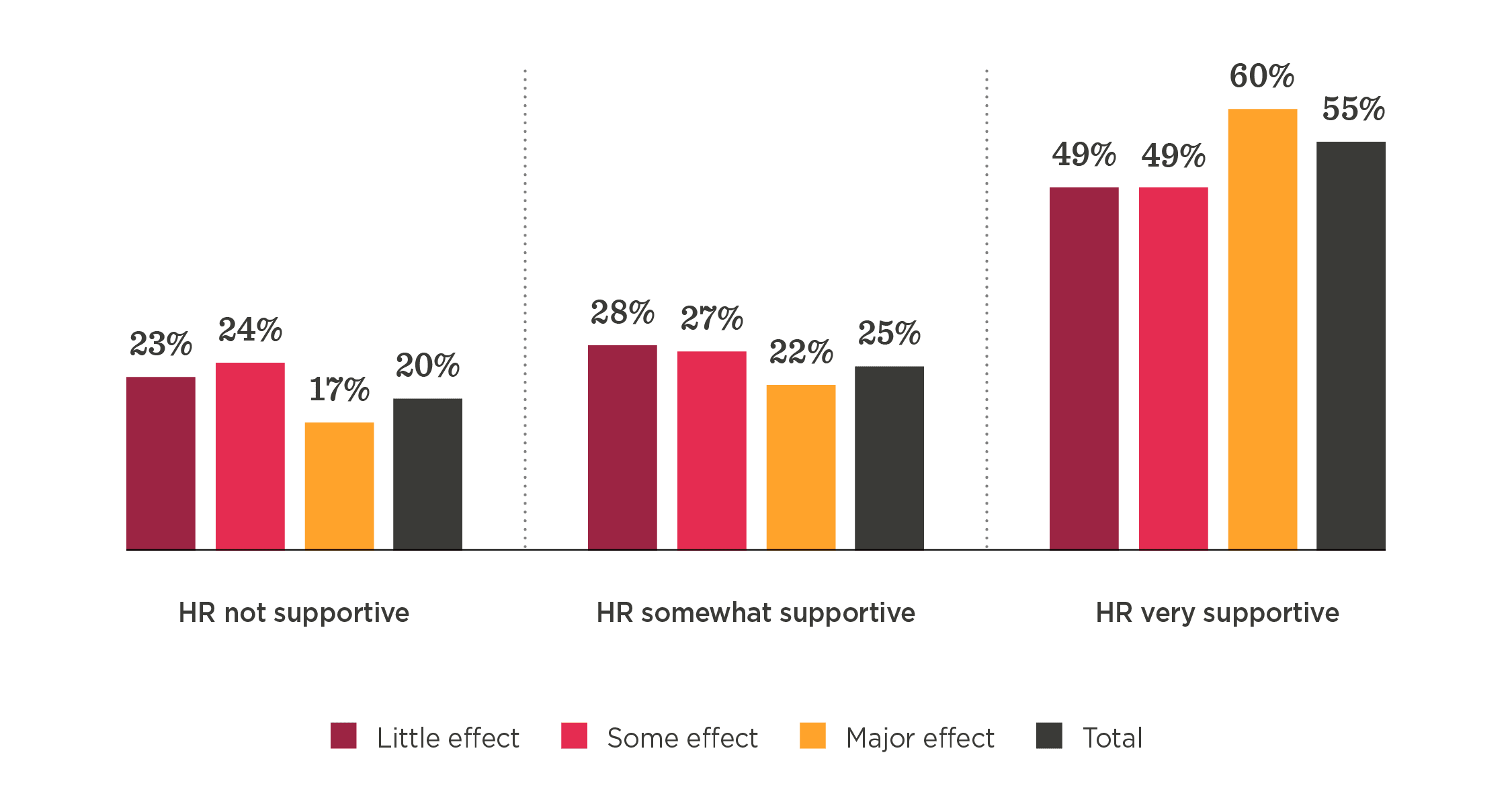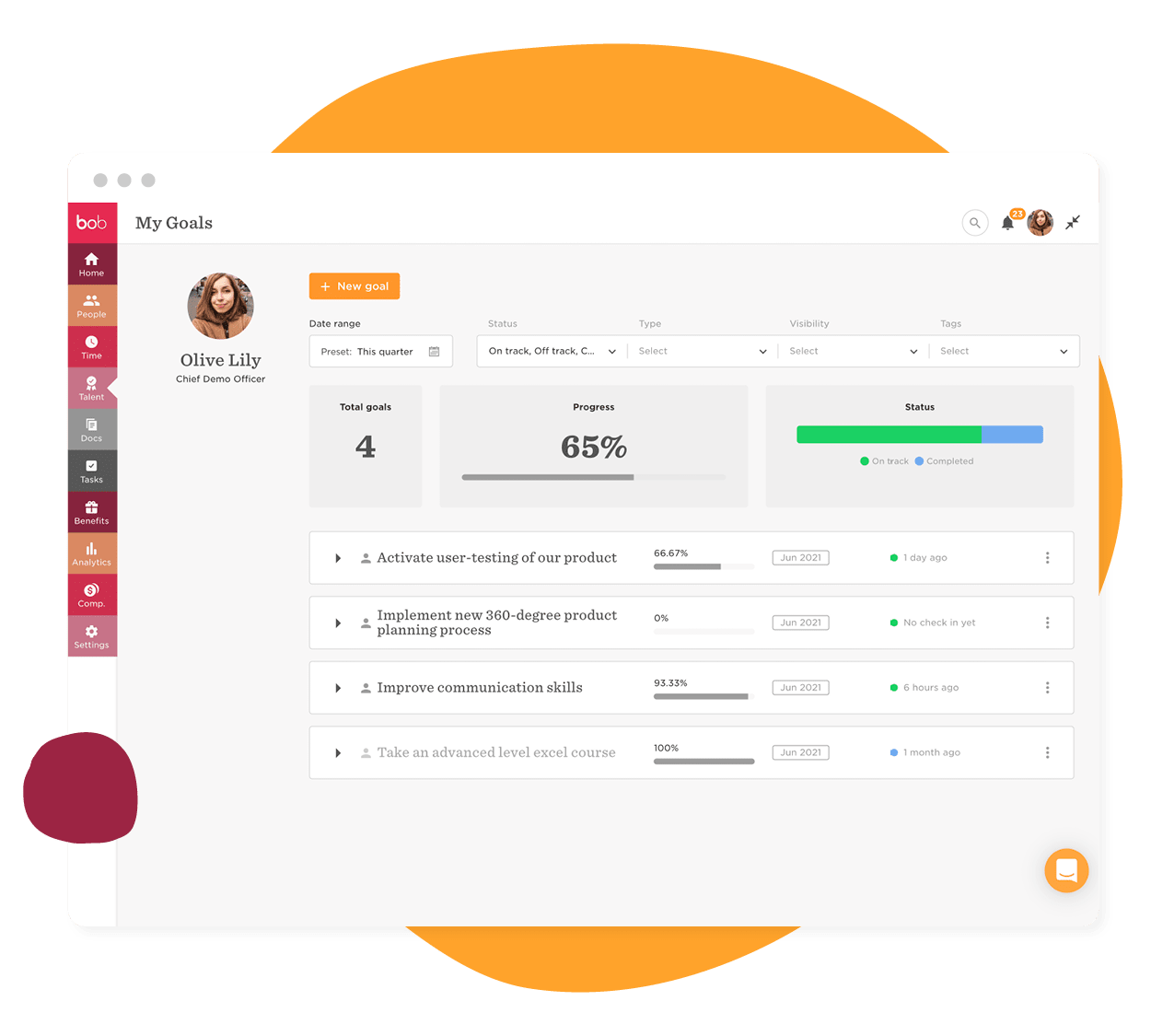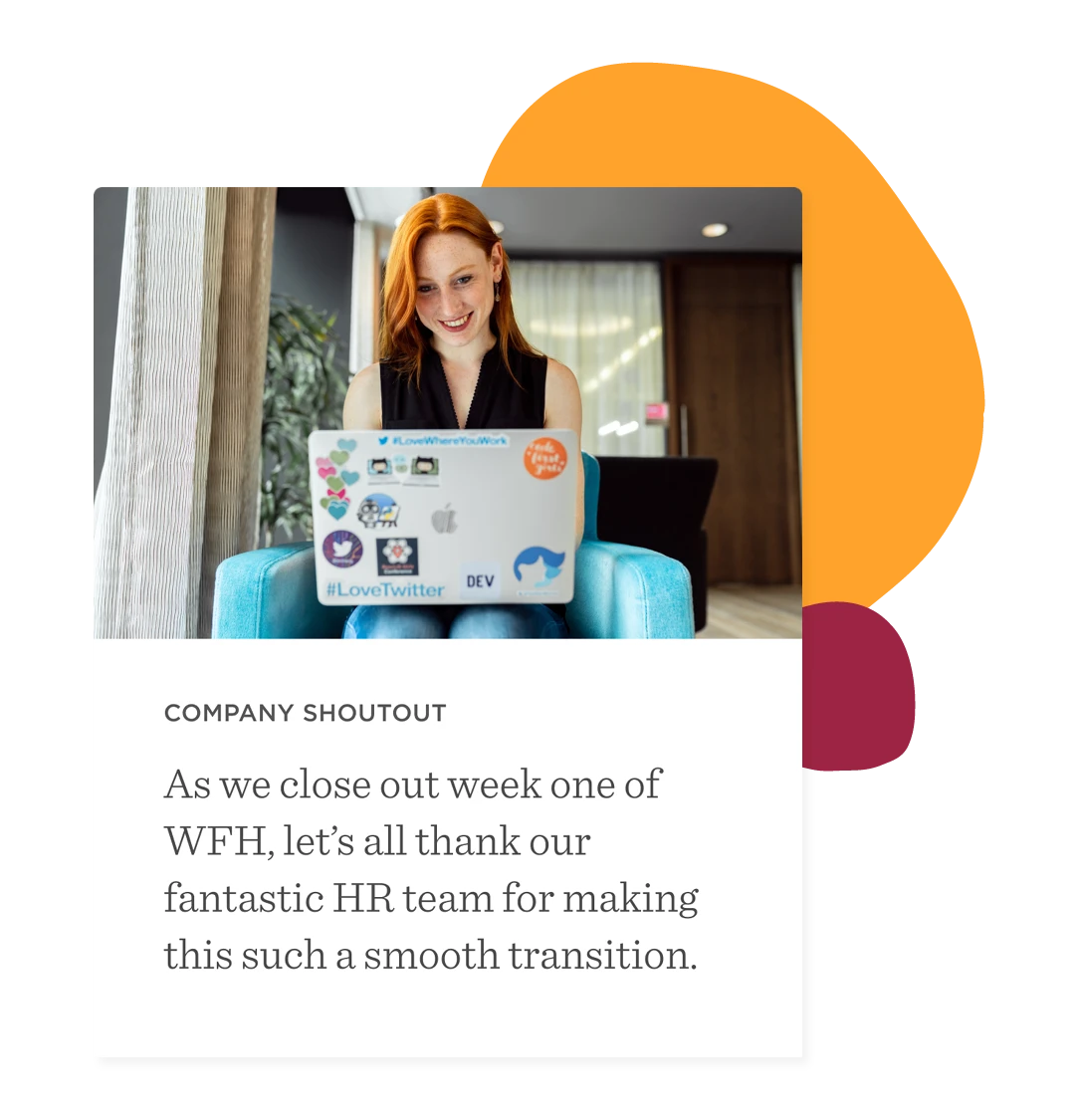Many of the best practices for increased productivity, such as improving company culture, creating smarter workflows and processes, and promoting a healthy work-life balance, fall under HR’s influence. As a result, HR leaders are in the best position to empower employees and help them work smarter.
The shift to remote and hybrid work brought up many conversations about productivity as HR leaders consider what employees need to do their best work.
In March 2021, we conducted a global workplace study to evaluate the effects of the COVID-19 pandemic on mental health and productivity. We found that a majority of people saw changes to their productivity level due to the effects of COVID on their mental health.

A pandemic falls outside of HR’s sphere of influence, but employees look to HR for support and guidance. Many who were most affected found that support and it played a pivotal role in helping employees adapt to remote work. Productivity and employee satisfaction are now up to pre-pandemic levels.

As your HR team explores different strategies to increase productivity, think about what your employees need to perform at their best.
What is employee productivity?
Productivity refers to the amount of work (or output) produced by an employee in a specific period of time. High productivity is obviously good for business and a sign that employees are engaged and motivated.

Why does productivity matter?
If you invest in enhancing productivity, not only do you get more value for money, you create a workforce of people who feel valued and accomplished—and are more likely to stick around.
To be effective, productivity needs to be sustainable. If an employee is working extra hours to meet goals and giving up vacation days to work, they may be productive, but only in the short term. Extreme productivity will eventually lead to burnout or increased workplace stress. Being productive is about more than getting stuff done. To be productive, employees need to meet deadlines, manage their time, understand where to focus their efforts and how to prioritize tasks, which will ultimately lead to quality work.

Can productivity be measured?
It’s a challenge to measure productivity, which has many different interpretations depending on the team, role, and company.
If you can determine what a productive employee looks like within each department of your organization, then you can find the right metrics to measure the value, which could include:
- Setting quantifiable targets: Call targets, sales targets, satisfaction scores, etc.
- Measuring deliverables: Number of tasks completed, articles written, bugs fixed, etc.
- Measuring goals: Aligning outputs with performance reviews and objectives.
- Trust and cultural fit: Actions that lead to better teamwork and work environment.

The stats
- Highly engaged employees are 38% more productive (workplace research foundation)
- Employees who exercise their strengths on a daily basis are 8% more productive and 6x more likely to be engaged. (Source: Gallup)
- Work overload decreases productivity by 68% in employees who feel they don’t have enough hours in the day to complete their tasks. (Source: Cornerstone)
- 39% of workers would work harder if they were happy in their current role or workplace (One4all’s 2018 Workplace Happiness Report)

How to manage productivity dips in an employee’s life cycle:
Attraction and recruitment
Define how your organization measures productivity and briefly explain what productivity looks like within each job spec.
Onboarding
Automate orientation task-flows to remove any bottlenecks or information lags. Check-in with new hires to ensure their role is clear and they feel supported.
Peak performance
Use surveys for actionable feedback on potential productivity blockers. Communicate the results and implement effective changes.
Develop and upskill
Provide opportunities for employees to learn new skills and grow professionally.
Retain and promote
Understand what motivates your employees and recognize, reward, and promote accordingly.
When it’s time to move on
Hold transparent exit interviews to understand reasons for leaving. Set clear goals for resignation periods and consider reducing the notice periods if productivity starts to dip.
Best practices for increased productivity
There are several ways that HR departments can promote workforce productivity without pushing people to their limits.
1) Celebrate high performers
When employees are recognized and appreciated for the work they put in, they’ll want to continue doing great work.
- Highlight employees who go above and beyond.
- Reward good work with small bonuses or extra vacation days.
- Promote a culture of positive feedback.
2) Encourage deep work
Automate admin tasks and get rid of unnecessary emails, meetings, and anything else that is pulling your employees out of the deep focus they need to be productive.
- Schedule group meetings for the afternoon when productivity dips
- Create a single source where employees can access any documents and information they need.
- Encourage employees to take control of their calendars and not auto-reply ‘yes’ to every meeting.
3) Set employees up for success
Give employees the tools they need to get the job done, whether they’re working from home or the office.
- Synchronize employee workflows by integrating all communication channels.
- Create an office space that accommodates for deep focus and group collaboration.
- Implement HR tech tools that will help remote employees work asynchronously and keep tabs on what’s going on around them.
4) Care for employee mental health
Promote a healthy work-life balance by encouraging employees to schedule break-time during the day and take time off for self-care.
- Encourage employees to take meetings on the go, schedule ten minutes of break time between meetings and get outside for some fresh air.
- Empower managers to take an active role in caring for the mental health of their team members. Check-in, ask questions and be empathetic.
5) Encourage managers to set small, achievable goals.
Small goals can help employees focus, measure progress and feel accomplished.
- Set bi-weekly or monthly goals, and schedule time for feedback.
- Focus on small wins that fit into the larger picture.

Recommended For Further Reading
Help your employees make the most of their workday
Increasing employee productivity is about helping people work smarter, not harder. As an HR leader, you can empower managers and employees to work more efficiently, better manage their time, and remove any roadblocks or information silos that might be preventing people from doing their job. Communicate with managers and employees, identify the biggest issues affecting productivity, and start working towards fixing them.

Meet Bob
Bob is designed and developed for the new world of work. Onsite, hybrid, and remote HR leaders can drive culture, two-way communication, engagement, performance, and compensation. Bob’s innovative UI, automated processes, and integrations with leading third-party tools ease administrative tasks for everyone across the organization and make even the most mundane work tasks pleasant, intuitive and engaging—and not just for HR admins. Bob puts people first with culture tools that connect co-located and remote employees to their fast-growing, global companies.
